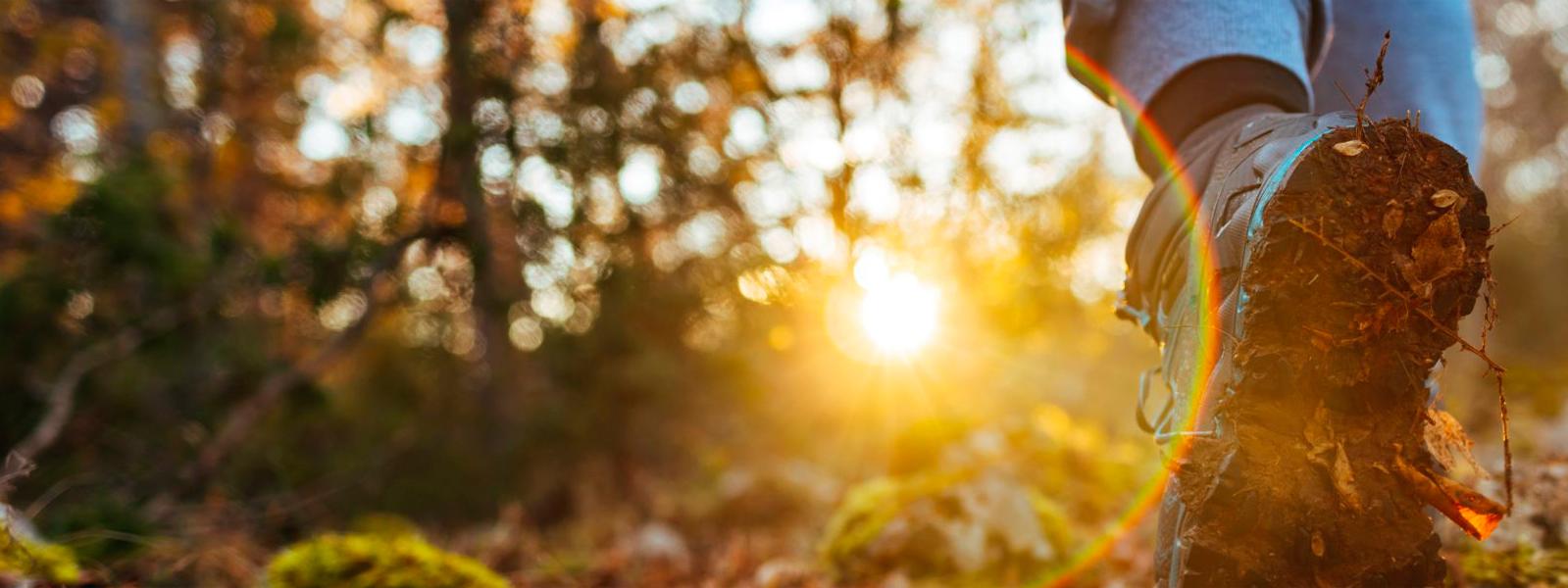We are a global operator of essential infrastructure
- The guide can be downloaded from the Red Eléctrica website, and provides support for companies, livestock farms, shepherding schools and public administrations interested in replicating this solution in natural spaces that are crossed by different kinds of infrastructure
- RED Grazing is an instrument for preventing fires, improving biodiversity and supporting extensive livestock farming, providing grazing areas and additional income for farm owners

The Red Eléctrica Group has published a practical guide in order to extend the pilot experience it is carrying out in Calahorra (La Rioja), under the name of RED Grazing, to other territories and facilities. The initiative consists of keeping vegetation located under electricity transmission lines under control by means of extensive livestock farming. The aim of the guide is to provide support for companies, livestock farms, shepherding schools and public administrations interested in replicating this solution in natural spaces crossed by different kinds of infrastructure.
The RED Grazing Practical Guide summarises the results of the project, in which a flock of 400 sheep is maintaining the vegetation under the Quel-La Serna power line, which crosses Los Agudos mountain. The initiative, managed by the Rioja-based agro-environmental company Agrovidar and with the support of the Government of La Rioja and the Calahorra City Council, incorporates technological innovation into grazing, as the monitoring of the state of the biomass is carried out using drones and some of the sheep are tracked by means of GPS collars.
It is a pioneering project in Spain, and received a special mention in the 2021 Good Practice Award on the Renewables Grid Initiative platform for being a sustainable solution with a positive social and environmental impact; and the International Union for Conservation of Nature (IUCN) is assessing its classification as a nature-based solution.
“One of the Red Eléctrica Group’s ambitions is to convert electricity lines into biodiversity lanes, that is, in addition to providing power and data -electricity and telecommunications- our facilities can be ecological corridors that help solve one of Spain’s main environmental issues: the breakdown of habitats", explains Beatriz Corredor, chairwoman of the Red Eléctrica Group.
Corredor adds: "The lanes under which the power lines run must be kept clean and accessible for the maintenance of the transmission grid and to prevent fires. If, instead of using chemical or mechanical means to control biomass, we join forces with the formidable biological machines that come in the form of sheep, cows and goats, we achieve significant benefits for the ecosystem”.
In this regard, the President of the Government of La Rioja, Concha Andreu, stated: “The Government of La Rioja and Red Eléctrica have established an alliance to achieve an undeniable common benefit: to transform the electricity facilities throughout the length and breadth of the territory of the autonomous community into ecological corridors. By generating sustainable development opportunities in the territory linked to endogenous resources, we are fighting for territorial cohesion but we are also making headway in the energy transition and the fight against climate change. There is no challenge that poses greater implications for our medium and long term living conditions than environmental protection”.
Benefits measured by the University of Alcalá de Henares
RED Grazing has emerged as the most sustainable alternative for clearing the "safety lanes" under the lines of the transmission grid in forested areas, where tree growth has to be controlled so that it does not reach the conductor cables. Normally, these pruning and felling works are carried out with machinery, but recurrent grazing has proved to be ideal for this purpose due to the effect of the vegetation ingestion by the animals, their trampling, rest times, that is, the time they spend lying down, and their droppings, or organic matter, that they leave behind. With the continuous passage of livestock, the composition of the plant species is modified, since when sheep consume the shoots of bushes, they weaken their vigour and their capacity for re-growth, while stimulating the onset of more edible herbaceous vegetation.
The animals’ endeavour has a positive impact on the ecosystem: it increases the biodiversity of flora and fauna, especially arthropods and pollinators, and improves the soil's capacity to infiltrate and retain water and nutrients, as demonstrated by a study carried out by the University of Alcalá de Henares in the La Rioja project.
In turn, it is an instrument that supports the extensive livestock farming sector, by providing grazing areas, diversifying the diet of livestock and reducing their dependence on feed and fodder, as well as offering an additional source of income to livestock farm owners.














